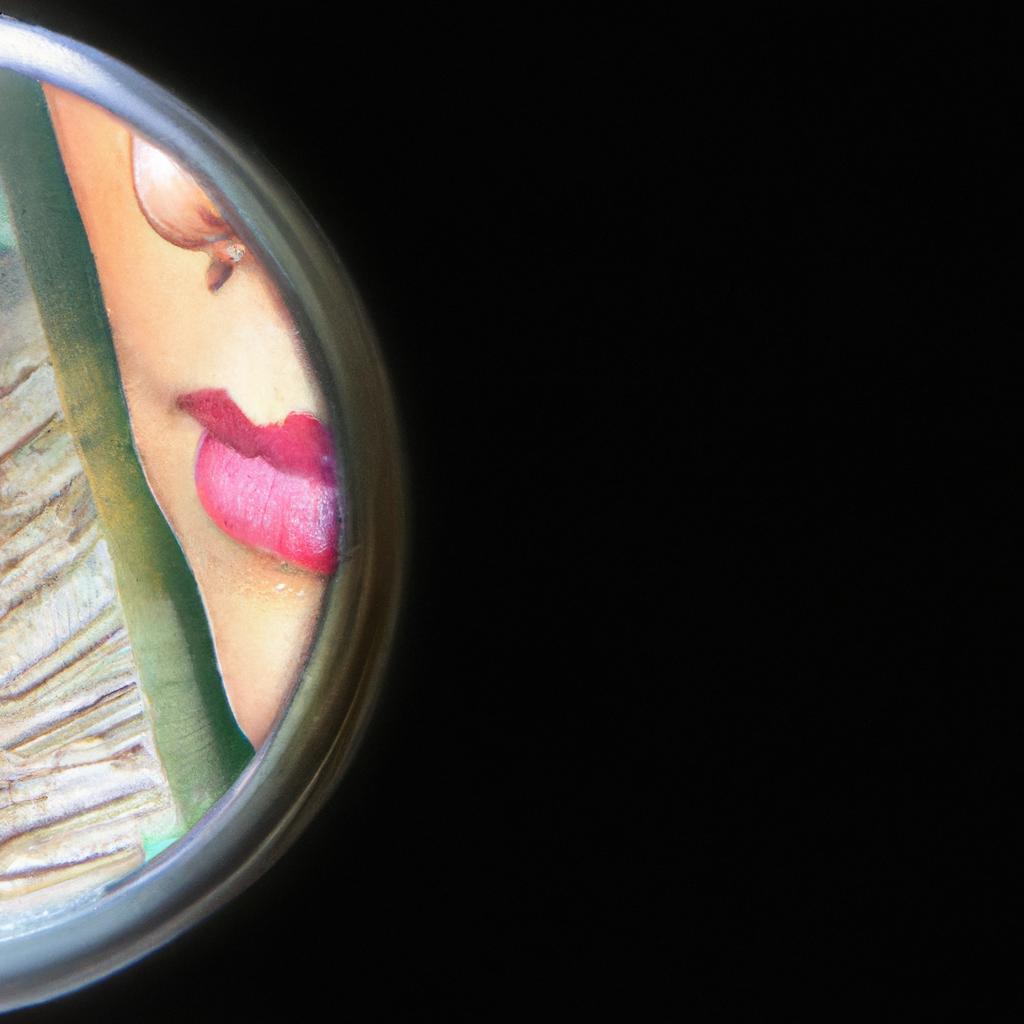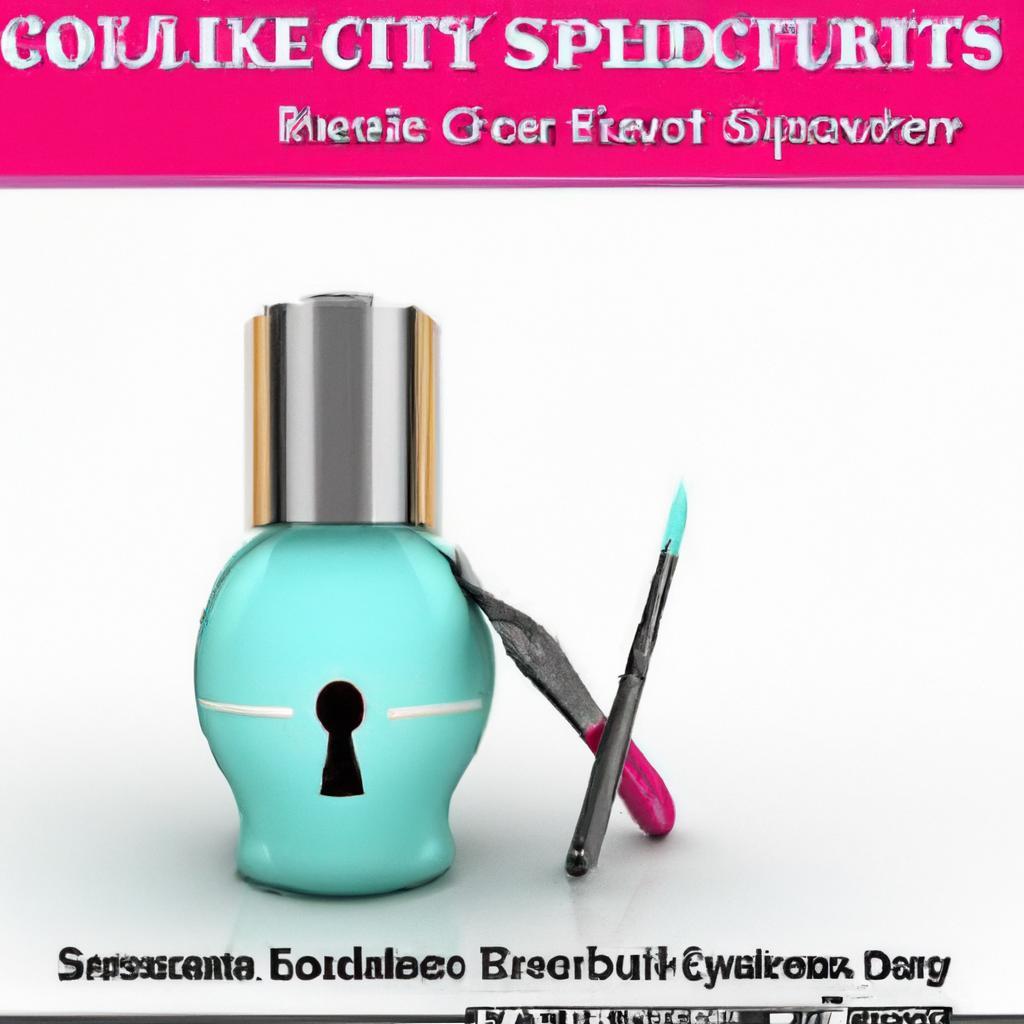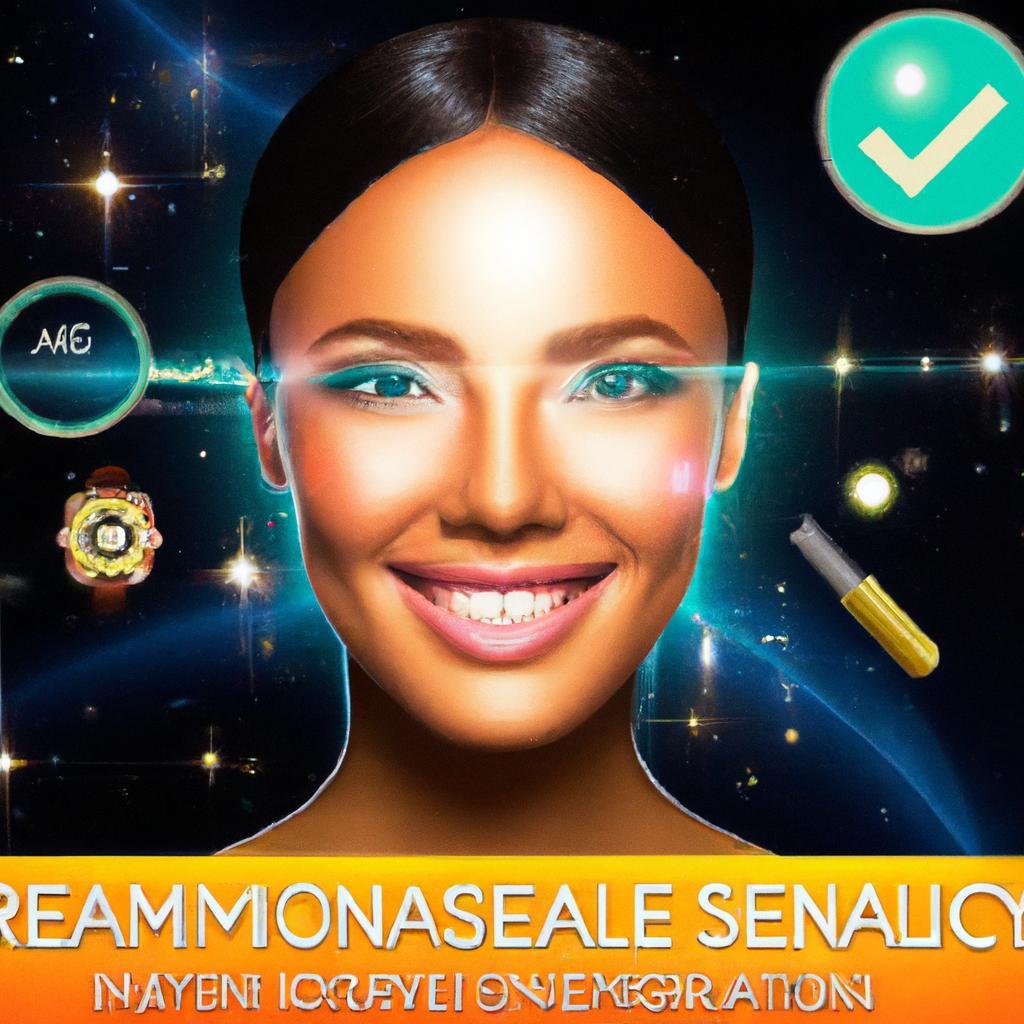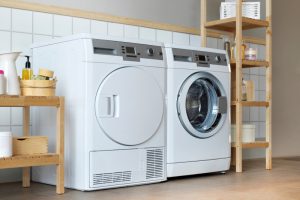
To successfully unclog a washer drain, you first need to identify exactly where the obstruction is. When there is standing water in the washer tub following the final spin cycle, or there is water leaking from the bottom of the washer cabinet, the washer's drain pump or drain hose could be clogged or broken and preventing water from being emptied from the appliance into a laundry tub or standpipe.
How does a drain pump or drain hose get clogged?
Drain pumps and drain hoses may become clogged with the residue of excess laundry detergent or pieces of fabric, however the main culprit is the stuff we forgetfully leave in pants' pockets: tissue, keys, paperclips, and coins. This is such a common problem that many front-load automatic washers have a special filter known as a “coin trap” to catch these objects and stop them from damaging or obstructing the drain pump or hose.
It's recommended you clean out the coin trap filter periodically to avoid serious damage to the drain pump. The greater debris that collects within the filter, the more likely some object may block a drain pump port or damage the pump's impeller that will prevent the pump from doing its job.
Accessing the washer's “coin trap”
Certain front-load washer models make it quite easy to reach the coin trap filter by placing it directly behind a little access door near the bottom from the appliance's front panel.
- Open the filter access door and detach the drain tube from the retaining tab.
- Uncap the drain tube and drain the surplus water into a pan.
- Replace the cap and secure the drain tube under the retaining tab.
- You can now unthread the coin trap filter counter-clockwise to remove – be prepared for more water to spill out of the filter housing.
- Remove any coins or debris in the filter and clean out the housing if necessary.
- Reinstall the filter by aligning it with the housing and threading it clockwise until it locks into place.
On other washer models, the coin trap might be part of the drain pump assembly or a part of a large pump hose. To access the coin trap on these models, you will have to uninstall a lower front access panel or take away the top panel followed by the washer's user interface and/or front panel. If the coin trap belongs to the drain pump, you should be able to remove the filter by rotating it counter-clockwise. When the coin trap is part of a sizable pump hose or bellows, the hose will need to be detached from the pump ports in order to empty the trap.
Drain hose problems along with other possible restriction areas
If you've determined the coin trap is clear and the drain pump is functioning properly, an obstructed or poorly positioned drain hose may be the reason the washer isn't draining.
- First check to see if the drain hose has become kinked or twisted behind the washer.
- Confirm the drain hose is correctly secured to the drain pump and within the washer cabinet.
- The hose should extend unimpeded with the washer's rear panel and be inserted into a standpipe or hooked onto the edge of a laundry tub. Remember that the top of the standpipe or laundry tub ought to be at least 30 inches in the floor (but no greater than 90 inches from the bottom of the washer) and that no more than four-and-a-half inches from the drain hose is inserted in to the standpipe; otherwise the hose could syphon water into the washer.
- You can inspect the drain hose for blockage and employ a drain snake or long wire to push any blockage free. You can also use hot water or a drain cleaning means to fix clear the line.
If you use the ground or wall standpipe for drainage, the blockage could be in the standpipe itself. Again, you can use a drain snake to fish through the standpipe and P-trap to clear the obstruction or use drain cleaning solvent to break down the blockage.
Find the right washing machine parts with Repair Clinic
You may discover that you need to replace a damaged pump or hose in order for the washer to properly drain. Repair Clinic stocks drain pumps, drain hoses, and coin trap filters that match the most popular top-load and front-load washer models, including those manufactured by Whirlpool, LG, Samsung, Maytag, GE, Kenmore, Bosch, and Frigidaire. To obtain the right appliance parts that suit your particular washer, type the entire model number of the appliance into the Repair Clinic website search bar. After that you can use the part category and part title filters to refine your search to identify the exact part you need.

















